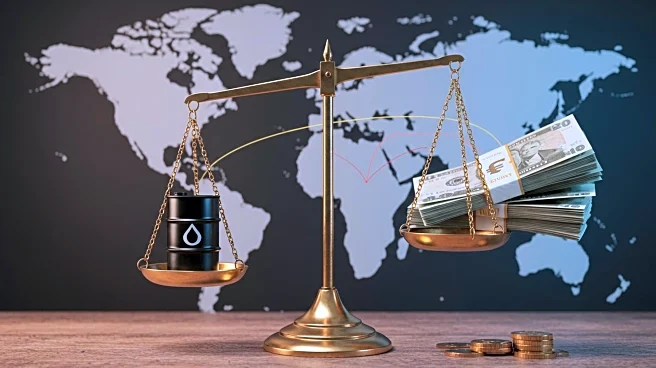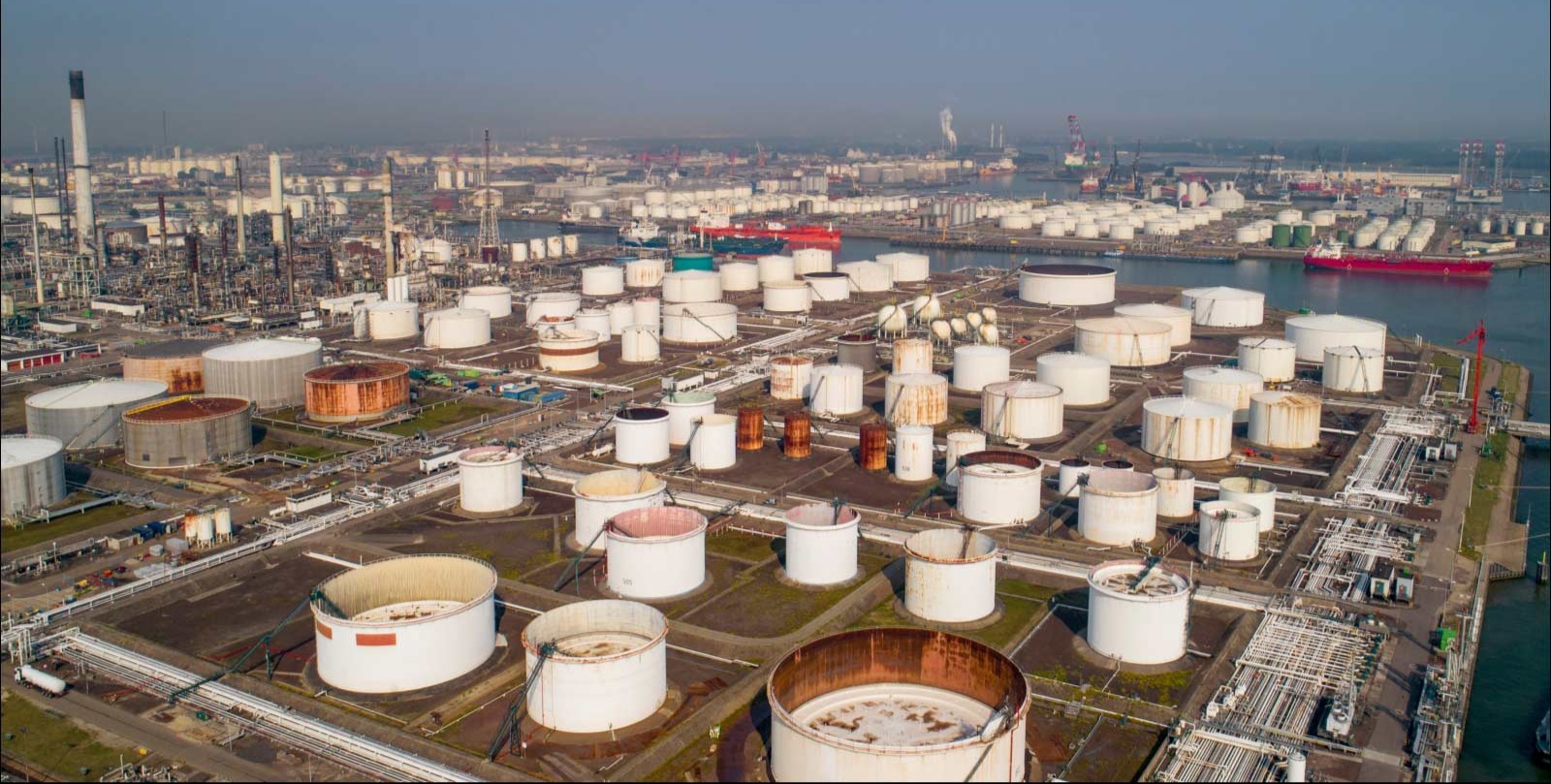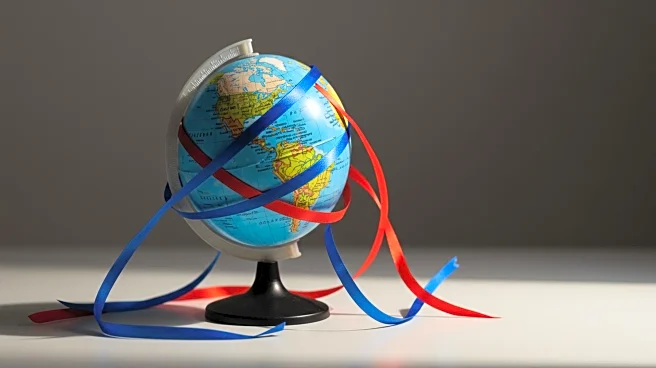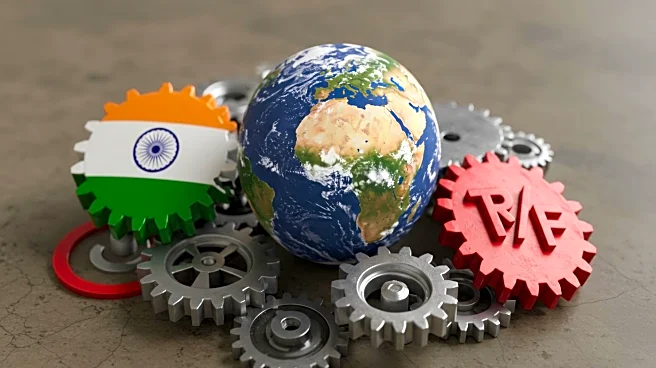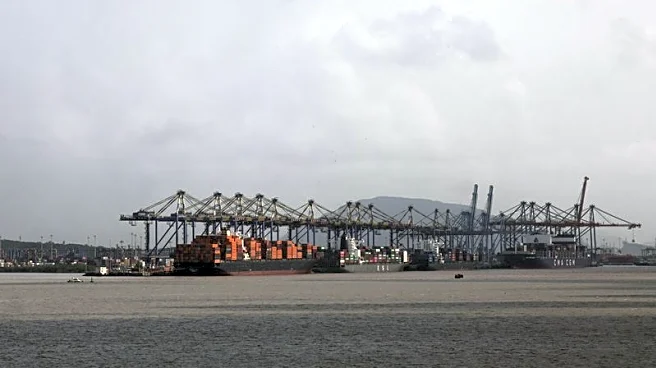What is the story about?
What's Happening?
President Trump has issued a new Executive Order imposing an additional 25% tariff on imports from India, effective August 27, in response to India's continued imports of Russian oil. This tariff is in addition to the existing 25% reciprocal tariff that took effect on August 7. The new tariffs apply to products not exempt under existing Section 232 actions, such as steel, aluminum, and copper. The U.S. Customs and Border Protection (CBP) has provided guidance on the implementation of these tariffs, including exemptions for goods in transit before August 7 and a 40% tariff on transshipped goods. The Department of Commerce has suggested redefining transshipment to include goods with more than 30% content from third countries like China, raising compliance concerns.
Why It's Important?
The imposition of additional tariffs on Indian imports highlights the ongoing trade tensions and the U.S. administration's strategy to pressure countries over geopolitical issues, such as India's import of Russian oil. These tariffs could impact U.S.-India trade relations and affect industries reliant on Indian imports. Importers must navigate complex compliance requirements, including potential changes in origin determination standards. The broader implications include potential shifts in global trade dynamics and increased scrutiny on trade practices involving countries with geopolitical conflicts.
What's Next?
Importers and businesses affected by these tariffs will need to adjust their supply chains and compliance strategies to mitigate the impact. The U.S. administration may continue to use tariffs as a tool to influence international trade policies and geopolitical alignments. Stakeholders should monitor further developments and potential retaliatory measures from affected countries, which could lead to broader trade disputes.
Beyond the Headlines
The redefinition of transshipment and potential changes in origin determination standards could have long-term implications for global trade compliance. Businesses may face increased costs and operational challenges as they adapt to new regulations. The geopolitical dimension of these tariffs underscores the intersection of trade policy and international relations, with potential consequences for diplomatic engagements and economic alliances.
AI Generated Content
Do you find this article useful?
